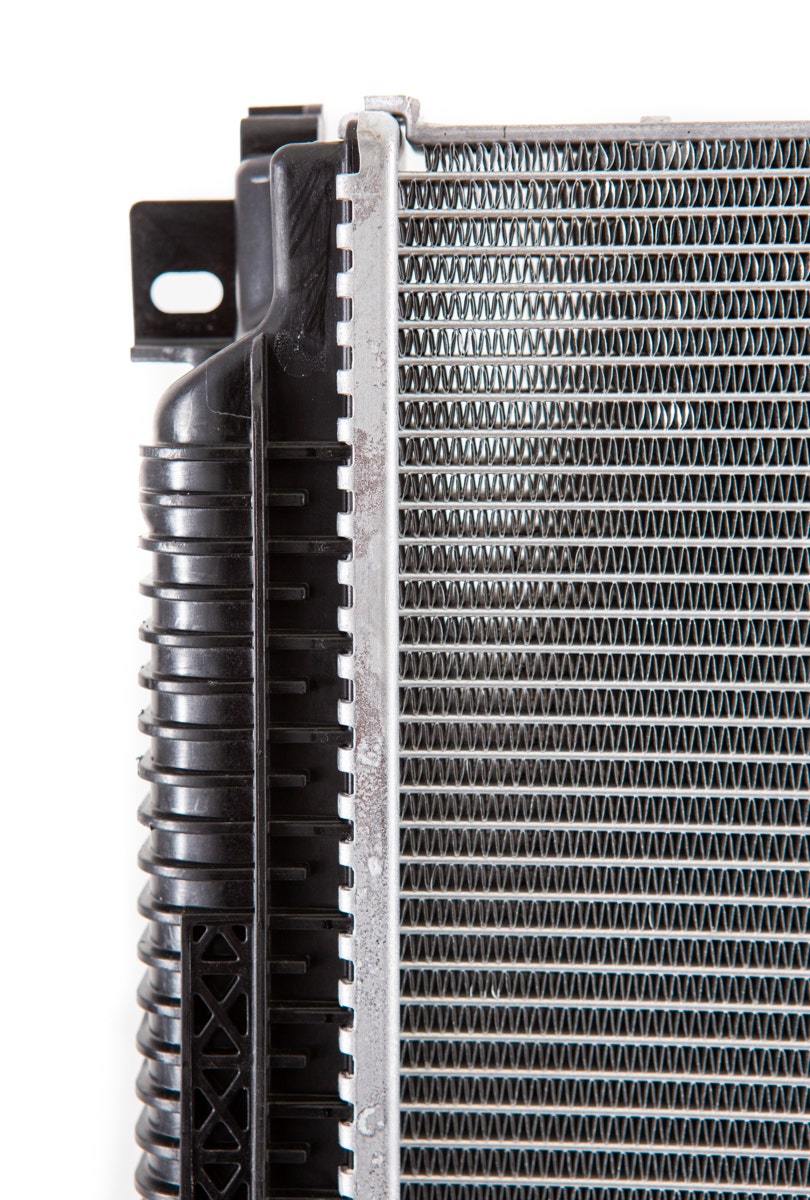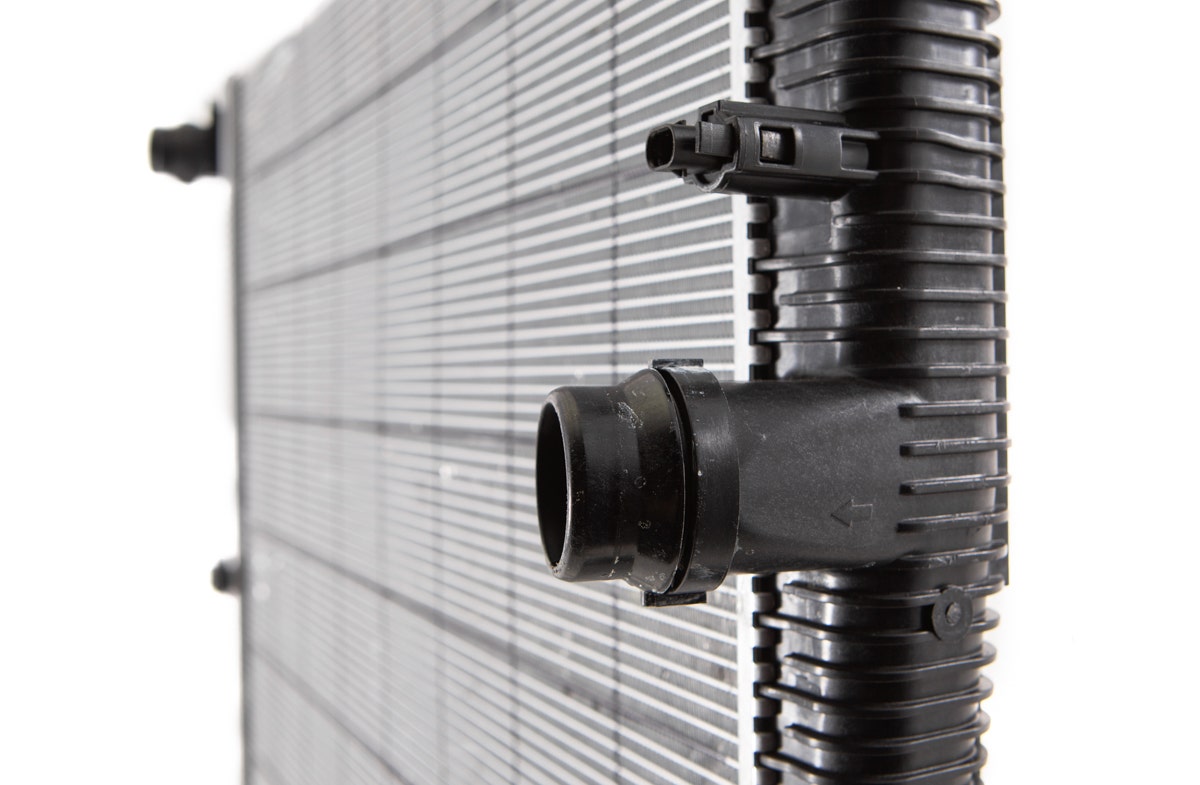
Building Endurance - Performance Radiator Kit R&D, Part 1 - Stock Review
PERFORMANCE ALUMINUM RADIATOR KIT, FITS TOYOTA GR SUPRA 3.0L, 2020+
At the first official utterance of the Supra's resurgence there was an immediate clamoring from fans about the car's performance. While the headlines were dominated with power and handling figures, there were few considerations of the A90's endurance. Keeping a performance car cool is a serious undertaking and cutting a track day or spirited drive short due to overheating is less than ideal. That's why we here at Mishimoto have your back to ensure you can stay on the track longer, but before we reveal our planned improvements, let's dive into the Supra's stock system.
Coolant Switchboard
The BMW and Toyota (mostly BMW) engineering tag-team meant business when it came to keeping the Supra's B58 cool. Not only did they incorporate a 4-phase system to make efficient use of the cooling system, but they also included 3 radiators to maximize the power of the coolant. The primary radiator is flanked by two auxiliary units working in tandem to provide cooling throughout the engine.

On a cold start, the heat exchangers are completely out of the equation. The coolant is kept entirely within a closed circuit in the engine block to accelerate the warm-up process. As the engine temperature begins to rise, a rotary valve opens to the warming phase. In this phase, only the driver's side auxiliary radiator is used to dissipate heat. This is the first radiator to be used in the system since it's both the first line of defense against heat and also charged with the imperative task of keeping the turbo cool.

The primary radiator doesn't come into play until the B58 reaches operating temperature. Once the engine is at operating temperature, the primary radiator works in tandem with the driver's side auxiliary radiator to keep temperatures in check during typical commuting. Under full and heavy load, the cooling strategy is kicked up a notch with coolant flowing through all three of the radiators, cutting the heater core out of the loop to meet the higher demand for coolant, and maximize cooling.

The Toyota and BMW engineers made sure to employ a robust cooling strategy to keep the Supra cool, but does the hardware keep up with the demand from the B58? To answer that question, we dissected our Supra for a closer look at the array of rads.



Once we completed our "radectomy", we were able to examine the heat exchangers' construction much closer, starting with the cores for all three. The primary radiator is equipped with a 35mm thick core with the auxiliary cores sporting 27mm, each complete with a single row of internal coolant passages and a fairly tight fin pitch. Though the primary core may seem as if it's on the thinner side, this core employs the use of serrated fins. This fin style forces the ambient air through the core diagonally, effectively boosting the fin surface area. In short, this technique allows thinner radiator cores to have the cooling power of a core with some more meat on its bones. Given the primary radiator's location behind the intercooler's heat exchanger, we'll have to employ a similar tactic with our fins to improve the cooling power for the Supra.


All three of these cores also utilize plastic end tanks that are crimped onto their respective cores. When it comes to the mass production of these units, plastic injection molding is the ideal means of churning out thousands of tanks while keeping costs down. There's no doubt that BMW made sure to carefully vet out their plastic compound but, in any case, this material is prone to degradation, especially after repeated heat cycles.

After a thorough investigation into the Supra's primary cooling system, it's clear that we have our work cut out for us. From wrangling the coolant, to ensuring our improvements have room to grow in the surprisingly tight build envelope, our engineer, Jason, is already on the case to ensure you get the most out of your Supra. Stay tuned to see exactly what we have in store!

PERFORMANCE ALUMINUM RADIATOR KIT, FITS TOYOTA GR SUPRA 3.0L, 2020+
Thanks for Reading!
-Nick




